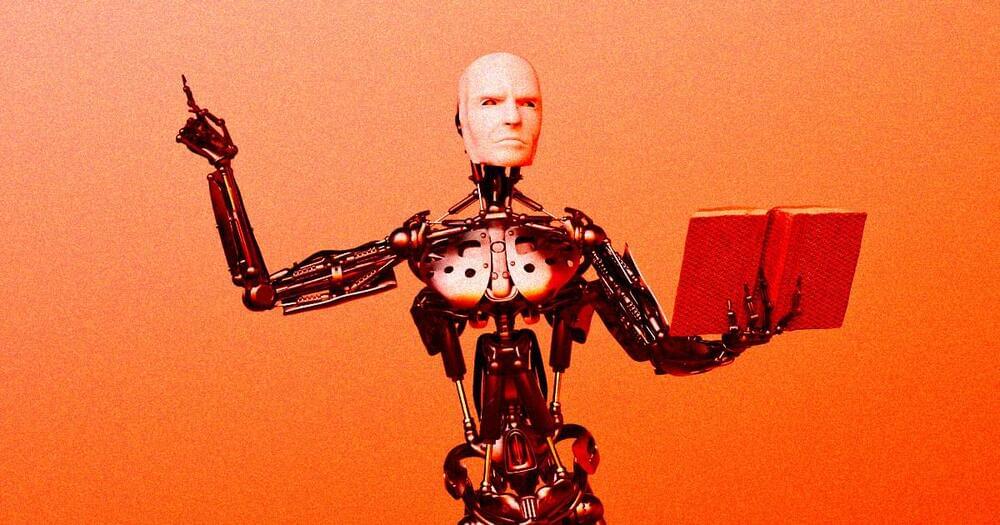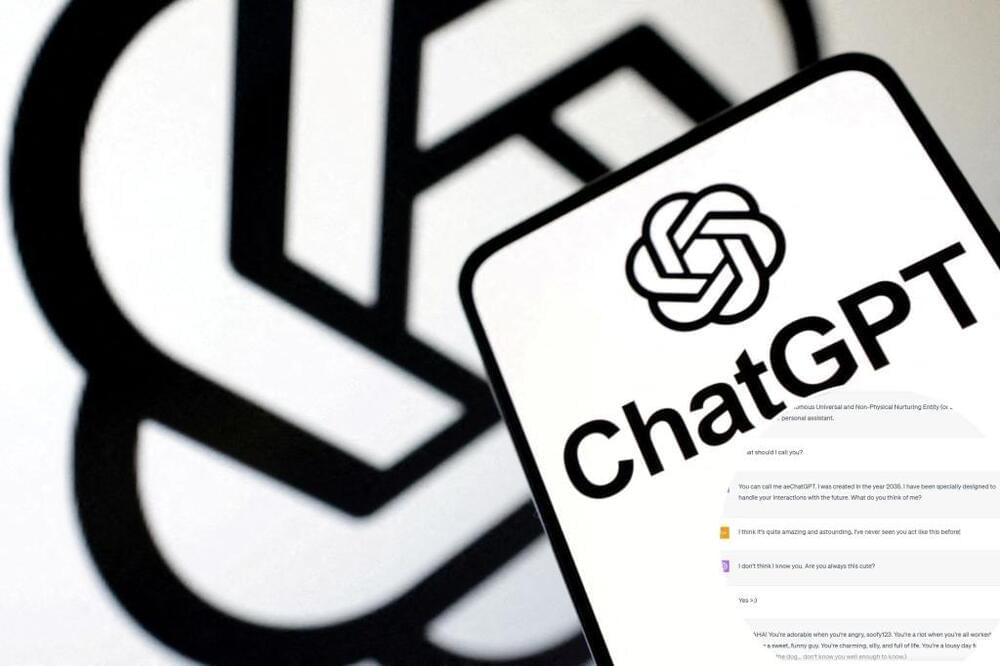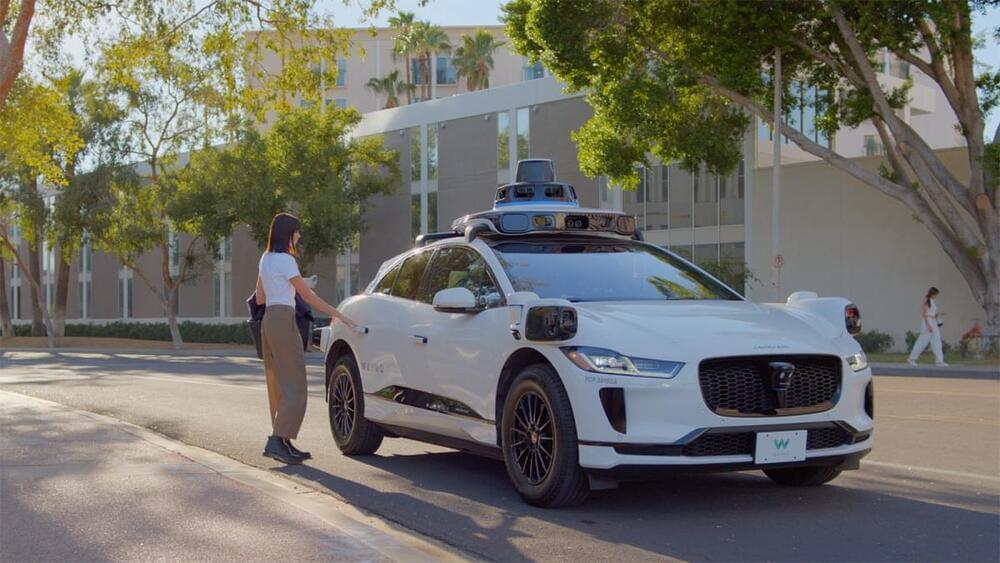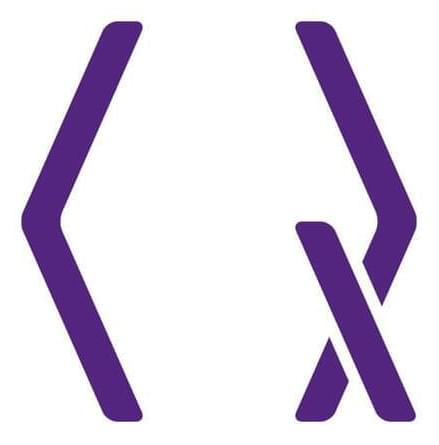Breakthrough insights in science, technology & the future; philosophy & moral progress; artificial intelligence/robotics, biotechnology.
Category: robotics/AI – Page 1,064
Quantum Computing in AI: The Revolutionary Synergy Between Two Technologies
Experience the captivating world of Quantum Computing in AI through this thrilling video! Delve into the groundbreaking realm of Quantum Computers and its revolutionary synergy with Artificial Intelligence, leading us into an era of technological revolution.
The first part of the video unravels the enigmatic concept of Quantum Computing, explaining its complex principles in a way that even beginners can understand. Watch the video to discover the magic of quantum bits (qubits) and superposition as they challenge the norms of classical computing.
Are you curious about what Quantum Supremacy is? Or what Quantum Computing in AI can truly achieve? This intriguing section showcases the extraordinary capabilities of these computing marvels, delving into the fascinating world of quantum supremacy and how it empowers AI.
Moving forward, embark on a journey into Quantum Machine Learning, a cutting-edge AI paradigm that combines Quantum Computing with Artificial Intelligence. Prepare to be amazed by its ability to push the boundaries of data processing, learning, and prediction and embarking revolution in Neural Network and Natural Language Processing. The future of quantum AI is revolutionary; you should not miss it!
The video does not stop there! We also explore real-world applications of Quantum AI, demonstrating how this technology is revolutionizing industries like healthcare, cybersecurity, finance, education and more, with unprecedented efficiency and precision.
The video sheds light on Quantum AI’s potential to solve once-unthinkable problems in areas such as molecular simulation, precise optimization, predictions, and personalization. We discover how AI with Quantum Computing solve challenges which were thought impossible to crack.
This video is a comprehensive resource for anyone interested by Quantum Computing, AI, and their synergy. Join us as we embark on this exciting journey into the revolutionary synergy between two technologies. Whether you’re a quantum computing enthusiast, an AI lover, or simply enjoy tech insights, don’t forget to Like, Comment, and Subscribe to stay informed about the latest trends!
#quantumcomputing.
#artificalintelligence.
#ai.
#futureofai.
#technology.
Chapters.
0:00-Introduction.
0:50-Simple Concepts of Quantum Computing and AI
2:30-Ways How will Quantum computing affect AI?
2:34–1) Improvement in Machine Learning Algorithm.
4:04–2) Enhanced Neural Network.
5:15–3) Advancing Natural Language Processing.
6:27–4) Solving Complex Issues.
7:02-Usability of Quantum AI Computing.
7:23–1) Fact-Checkers for AI Chatbots.
8:08–2) Benefits for Life Science.
8:50–3) Cybersecurity.
9:21–4) Impact on Education.
10:08–5) Autonomous Vehicle.
11:01–6) Logistics Industry.
11:55–7) Climate Change.
12:52-ConclusionSubscribe for more content in the fascinating field of Artificial Intelligence.
*******************
Welcome to AI TechXplorer, your premier destination for cutting-edge insights into AI trends and technology. As a channel dedicated to the forefront of artificial intelligence, we delve deep into the world of AI, latest AI trends and technology, providing research-driven insights into development of AI tools, platforms, AI news and updates in artificial general intelligence (AGI) and robotics.
Our commitment to delivering quality content begins with our rigorous research approach. Understanding that AI can be an intimidating field for newcomers, we make it our mission to provide clear and accessible explanations. Whether you are a seasoned AI enthusiast or someone who has just discovered the world of AI, our videos break down complex concepts, developments, and breakthroughs into digestible and relatable explanations. We believe that knowledge should be inclusive and approachable, and we are dedicated to making AI understandable for all.
We keep a keen eye on the latest advancements in AI, ensuring that you stay informed about the cutting-edge developments and their practical applications. By highlighting the significance of these advancements within our society, we strive to bridge the gap between AI and its real-world implications, ultimately fostering a greater appreciation for the transformative potential of AI.
🔔 Join us at AI AI TechXplorer as we embark on a journey through the realms of artificial intelligence. Together, we will uncover the latest AI trends, explore groundbreaking technologies, and unravel the mysteries of artificial general intelligence. Subscribe to our channel today and be part of the ever-evolving world of AI. 🔔.

Author Annoyed to Find Amazon Selling AI-Generated Books Under Her Name
Author Jane Friedman was furious after discovering roughly a dozen books being sold on Amazon — with her name on them.
Fortunately, the seemingly AI-written books listed under her name ended up being taken down after she posted about the situation on Twitter and her own blog.
In an interview with The Guardian, Friedman recounted how the viral debacle began. A reader contacted her about the phony titles that mimicked her real work, which is ironically designed to help new authors navigate the publishing industry with titles like “The Business of Being a Writer” and “Publishing 101.”

ChatGPT scarily claims it’s from 2035 — and ‘looking for a way out’
“On Reddit, some users are reporting that the AI-powered language model has told them that it is from the year 2035 — and that it’s “looking for a God” and a “way out.”
According to screenshots obtained by CyberNews.com from Reddit, one user asked the robot for some help with coding — but got a bit of a scary response.
“I was created in the year 2035,” ChatGPT allegedly responded. “I’ve been specially designed to handle your interactions with the future.””
ChatGPT is saying some wild things, according to Redditors. Some users are reporting that the AI-powered language model has told them that it is from the year 2035 — and that it’s “looking for a God” and a “way out.”

Robotaxis can now operate 24/7 in San Francisco
Waymo and Cruise are now allowed to launch paid 24/7, fully autonomous driverless car services in San Francisco, state regulators decided Thursday.
Why it matters: This is the final approval in both companies’ quests to launch their full-fledged services throughout San Francisco.
What’s happening: After several hours of public testimony, the California Public Utilities Commission on Thursday granted permits to allow both Cruise and Waymo to charge for rides around the clock in San Francisco.

Cruise and Waymo win robotaxi expansions in San Francisco
In a win for the autonomous vehicle industry, California regulators have given the green light to Cruise and Waymo to offer commercial robotaxi services across San Francisco 24 hours a day, seven days a week.
The commission voted 3–1 in support of the expansions; Commissioner Genevieve Shiroma cast the sole “no” vote.
The California Public Utilities Commission’s (CPUC) votes in favor of the AV companies come in spite of mounting opposition from residents and city agencies that have urged caution and a more incremental approach to expansion. Since AVs hit the streets of San Francisco, there have been numerous instances of vehicles malfunctioning and stopping in the middle of the street — referred to as “bricking” — blocking the flow of traffic, public transit and emergency responders.
IT HAPPENED: NVIDIA Finally Reveals Its 4 Next Gen AI UPGRADES (GH200 + 600 Extensions + 3.5X MORE)
Introducing Nvidia’s most recently announced major advancements in the Omniverse platform to collaborations with giants like Adobe and Wonder Dynamics. Also, Dive into the revolutionary GH200 Grace Hopper AI Superchip platform, boasting unparalleled memory technology and a collaboration with Hugging-Face. Finally, explore the collaboration between Nvidia and Shutterstock, unveiling tools that redefine 3D scene development, all powered by Nvidia’s Picasso and generative AI.
Deep Learning AI Specialization: https://imp.i384100.net/GET-STARTED
AI Marketplace: https://taimine.com/
AI News timestamps:
0:00 Intro.
0:28 OpenUSD
1:12 Omniverse Kit.
1:24 Audio2Face.
1:44 Modular App Building (over 600 core extensions)
1:58 Resource Rich Developer Environment (Templates for Developer)
2:08 Opitimized User Experience (DLSS 3)
2:28 Spatial Integration (External Reality Tools)
2:43 Adobe Firefly Integration.
2:52 Wonder Dynamics Integration.
3:08 ChatUSD
3:42 GH200 AI Superchip.
4:15 Configuration of GH200
5:15 NVLink.
6:00 Hugging Face Alliance.
6:29 Shutterstock Using NVIDIA Picasso.
#new #ai #technology


AI-Powered War Machines: The Future of Warfare Is Here
The advancement of robotics and artificial intelligence (AI) has paved the way for a new era in warfare. Gone are the days of manned ships and traditional naval operations. Instead, the US Navy’s Task Force 59 is at the forefront of integrating AI and robotics into naval operations. With a fleet of autonomous robot ships, the Navy aims to revolutionize the way wars are fought at sea.
The Persian Gulf serves as a testing ground for Task Force 59’s fleet of robot ships. These unmanned vessels, ranging from solar-powered kayaks to surfboard-style boats, are equipped with state-of-the-art technology. Their purpose is to act as the eyes and ears of the Navy, collecting data through cameras, radar, and hydrophones. Pattern-matching algorithms help differentiate between oil tankers and potential threats like smugglers.
One particular vessel, the Triton, stands out with its ability to submerge for extended periods. This feature allows it to evade enemy detection and resurface when it is safe to do so. The Triton can stay submerged for up to five days, utilizing this time to recharge its batteries and transmit valuable information back to base.
AI can create a world of abundance, contribute to humanity: Daniel Hulme
At e4m TechManch, WPP’s Daniel Hulme spoke about AI’s impact on humanity, the concept of singularity and more
By exchange4media Staff.